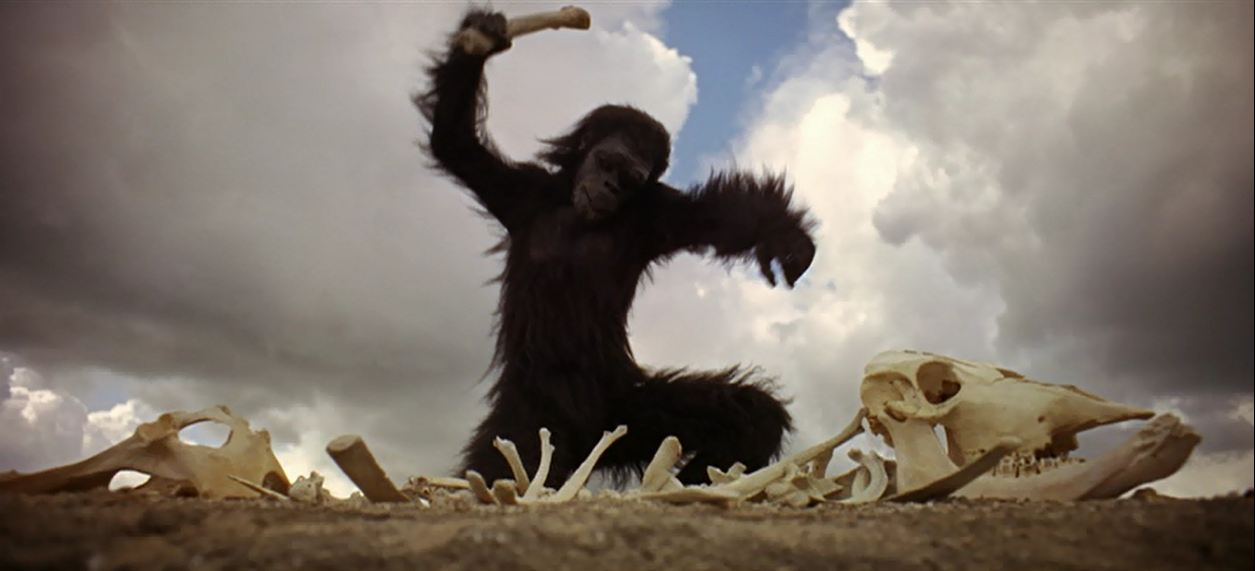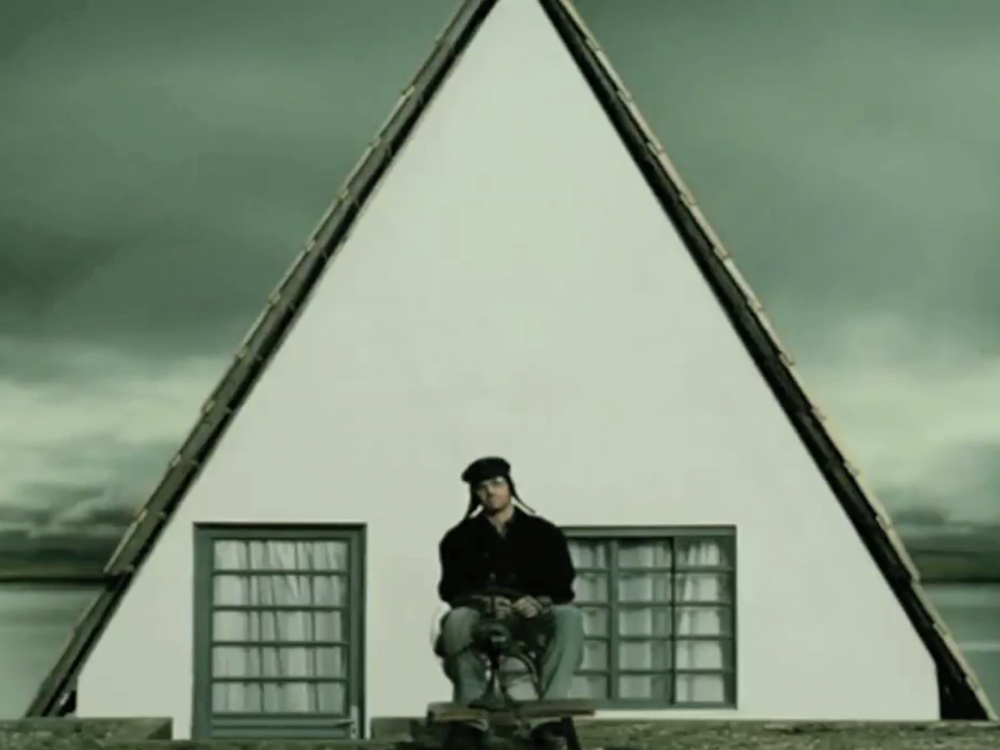https://www.youtube.com/watch?v=HtqB2XO9jtI
AKIVA GOLDSMAN (Writer-producer, The 5th Wave, Insurgent) “Close Encounters of the Third Kind — Spielberg in perfect control. A car comes out of a sandstorm. We are somewhere in Mexico. Bob Balaban, doing his everyman best, is our guide through a sequence that occurs in subtitled French, well before foreign-language scenes in American entertainment were in vogue. The realistic details, the team members checking serial numbers by jumping on each other’s backs, the 1945 calendar, all fully engage us in the mystery of these impossibly returned World War II fighter planes. François Truffaut, as actor, is a coup, and brings compassion and authority to the role. The reveal of the mystery — that these plans have been missing for decades — is deliciously late in the sequence, and even then played mostly on Balaban’s face. Finally, rather than end, as teaser sequences often do, the sequence opens up wide, a gateway to the film to come. The old man’s face, sunburned overnight, and his claim ‘The sun came out last night, it sang,’ is a promise of mysteries to come. We are left off balance and engaged, like Balaban, stumbling backwards but unable to look away.”
ALEJANDRO GONZALEZ INNARITTU (Director, The Revenant, Birdman or (The Unexpected Virtue of Ignorance)) “My favorite opening scene is I Am Cuba because it’s a breathtaking first shot in which you keep asking yourself how they did that formally at that time, and you wonder how they transformed agitprop into art and poetry.”
https://www.youtube.com/watch?v=GJB9LN4AXkc&oref=https%3A%2F%2Fwww.youtube.com%2Fwatch%3Fv%3DGJB9LN4AXkc&has_verified=1
TOM SCHULMAN (Writer-Director-Producer, Me, Myself & Irene, Indecent Proposal) “I love the opening of Akira Kurosawa’s Ikiru, where we see an X-ray go into a light box and the narrator says something like, ‘This is the X-ray of the stomach of the main character of this story. At the moment, he is not a very interesting person, but soon that will change.’”




